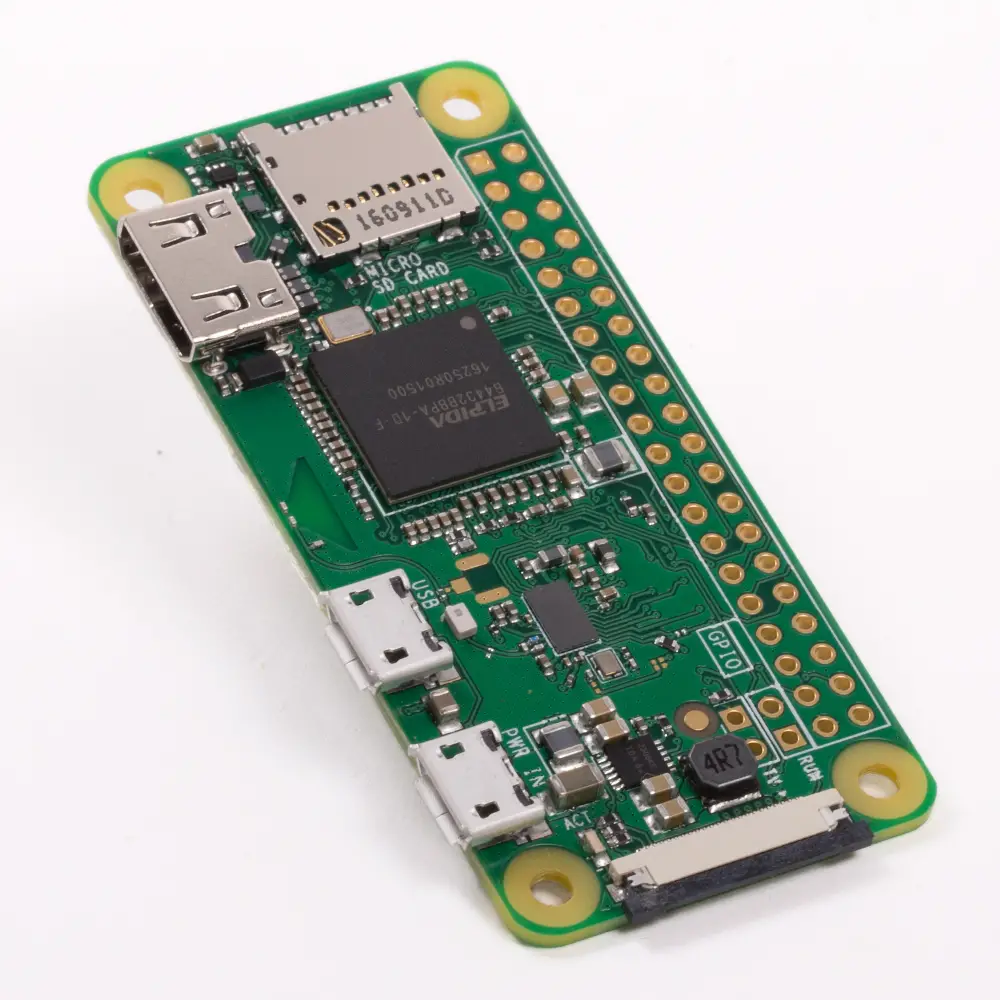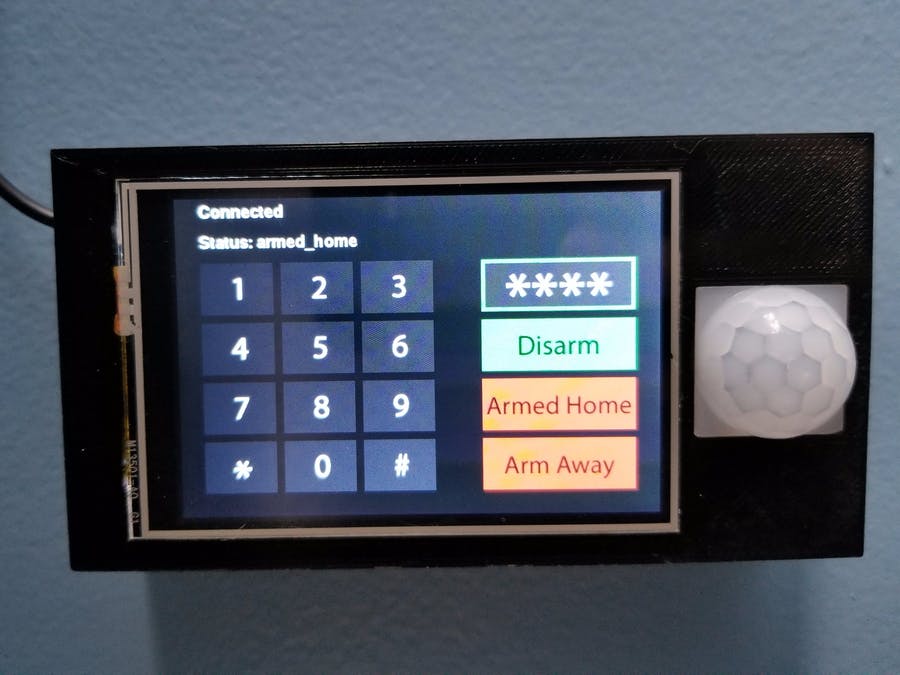
Once you start working with a Raspberry Pi, you will likely make the unfortunate discovery that microSD cards aren’t very reliable. This is more important than it might seem at first. As on all Model B boards, there are four in total, but two of them are upgraded to USB 3.0. The Raspberry Pi 4 Model B not only boasts true gigabit Ethernet, but also faster USB ports. Faster USB speeds on the Raspberry Pi 4 Model B Such a drop in speed will be very noticeable, especially when it comes to streaming media. But because of the Raspberry Pi 3’s networking bottleneck, you are limited to around ~225 Mbps instead. I won’t get too technical here, but there are some serious drawbacks to this: You should be expecting ~950 Mbps (megabits per second) from a true gigabit connection. While the Raspberry Pi 3 Model B and Model B+ do feature a gigabit wired LAN (GbE) adapter onboard, they are hampered by the USB 2.0 bus speed. While you might be able to get your hands on a Raspberry Pi 3 for less money, there are some serious drawbacks, which I will lay out next. With that in mind, you might be debating whether to go with a Raspberry Pi 3 Model B/B+ or Raspberry Pi 4 Model B for Home Assistant. You might be better off with a Raspberry Pi 4 Model B kit.



A Raspberry Pi 3 Model B was my gateway drug into home automation and self-hosted software and were I not running an Unraid server, I would still be using one today. All Raspberry Pis have a few things in common, making them particularly attractive to Home Assistant: They are small, cheap, quiet, and don't use much electricity. With the launch of the powerful Raspberry Pi 4 Model B, this goes for both beginners and experienced users. The Raspberry Pi (RPi) is the perfect host device for Home Assistant.


 0 kommentar(er)
0 kommentar(er)
